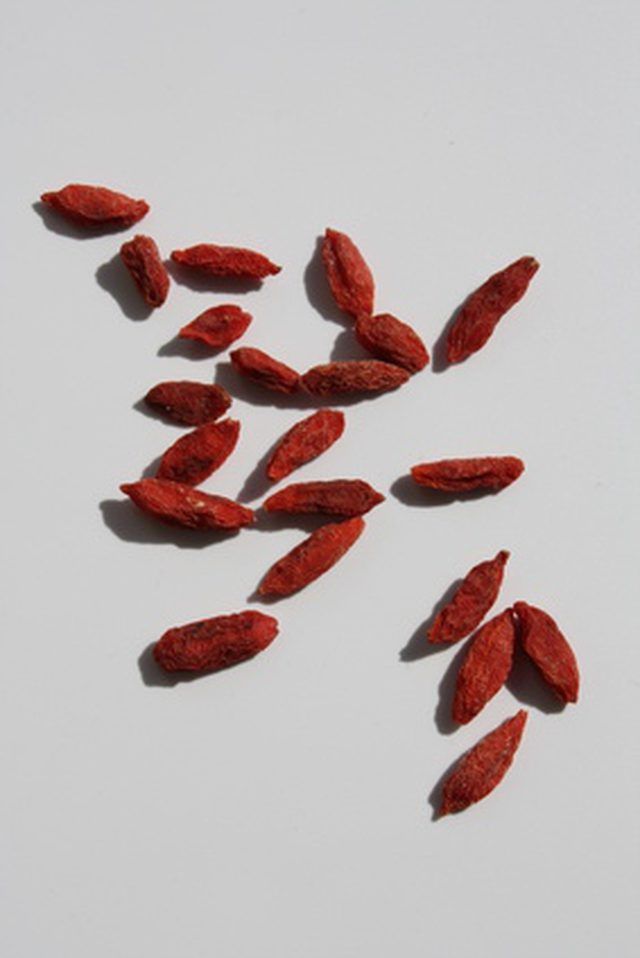Bulbs
Flower Basics
Flower Beds & Specialty Gardens
Flower Garden
Garden Furniture
Garden Gnomes
Garden Seeds
Garden Sheds
Garden Statues
Garden Tools & Supplies
Gardening Basics
Green & Organic
Groundcovers & Vines
Growing Annuals
Growing Basil
Growing Beans
Growing Berries
Growing Blueberries
Growing Cactus
Growing Corn
Growing Cotton
Growing Edibles
Growing Flowers
Growing Garlic
Growing Grapes
Growing Grass
Growing Herbs
Growing Jasmine
Growing Mint
Growing Mushrooms
Orchids
Growing Peanuts
Growing Perennials
Growing Plants
Growing Rosemary
Growing Roses
Growing Strawberries
Growing Sunflowers
Growing Thyme
Growing Tomatoes
Growing Tulips
Growing Vegetables
Herb Basics
Herb Garden
Indoor Growing
Landscaping Basics
Landscaping Patios
Landscaping Plants
Landscaping Shrubs
Landscaping Trees
Landscaping Walks & Pathways
Lawn Basics
Lawn Maintenance
Lawn Mowers
Lawn Ornaments
Lawn Planting
Lawn Tools
Outdoor Growing
Overall Landscape Planning
Pests, Weeds & Problems
Plant Basics
Rock Garden
Rose Garden
Shrubs
Soil
Specialty Gardens
Trees
Vegetable Garden
Yard Maintenance
How to Grow Goji Berries From Seeds
How to Grow Goji Berries From Seeds. Goji berry plants are native in the Himalayan regions, but you can grow them in the home garden from seed. Each berry has about 12 seeds inside. There are at least 88 varieties and several species of the goji. Goji berries grow in USDA hardiness zones 4 through 9. If you live in zones 1 through 3, you can still...

Goji berry plants are native in the Himalayan regions, but you can grow them in the home garden from seed. Each berry has about 12 seeds inside. There are at least 88 varieties and several species of the goji. Goji berries grow in USDA hardiness zones 4 through 9. If you live in zones 1 through 3, you can still grow the goji berry plants in the house. To grow them successfully, they need ample light from the sun or a full-spectrum artificial light.
Things You'll Need
Goji seeds or dried berries
Resealable bag
Bowl
Water
Small knife
Sieve
Paper towel
Flat
Potting soil
Sprayer mister
Compost
6-inch pots
Gather goji seeds from a nearby goji plant or buy some dried berries at a health food store.
Place goji berries in a resealable bag and put into the freezer. Leave them in cold storage for one month; then remove them.
Fill a bowl with water and soak the frozen berries for 24 hours. The berries will become mushy.
Open the berries with a small knife and remove the seeds. Place the seeds into a sieve and rinse the seeds to remove the flesh.
Dry the seeds by placing them on a paper towel in a warm, dark area.
Fill a flat with potting soil, then water the soil thoroughly.
Scatter the goji seeds over the top of the soil being careful not to puddle them over each other.
Cover the goji seeds lightly with potting soil. With a mister, spray the top of the soil to wet it.
Place the flat in an area with bright light, keeping it out of direct sunlight. Watch the soil so it doesn't dry out. You need to it very moist, but not soggy. Seeds germinate in about 10 days.
When the goji seeds are growing, move the flat to an area with full sun for an hour, them move them back to where they were. Do this every day for one to two weeks, increasing the amount of time you leave them in the sun each day. Keep doing this until you see roots growing out of the bottom of the flat.
Mix three-fourths potting soil to one-fourth compost. Fill 6-inch pots with the amended potting soil.
Transplant the goji into the pots and water the soil thoroughly.
Place the pots in a sunny location, watering the goji to keep the soil moist. When you notice roots growing out of the bottom, transplant the goji into the ground in a sunny location.
Dig a hole slightly larger than the root ball and plant the goji. Water the goji thoroughly. For the first year, keep the soil on the moist side.